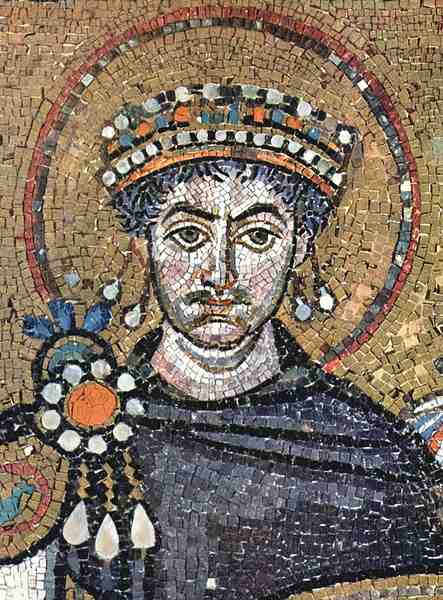
March 7, 2014, by Nicola Royan
Ross Balzaretti, Thinking about Ravenna
A guest blog by Dr Ross Balzaretti, History, University of Nottingham
Judith Herrin is one of those (all too rare) historians who asks and answers unexpected questions, and her forthcoming IMR lecture ‘Rethinking Ravenna: The Ostrogothic Inheritance’ (5.30pm, 27 March 2014, A41, Clive Grainger Building, University Park) will no doubt do just that. I am looking forward to it enormously as Professor Herrin is one of the outstanding scholars of Byzantium, the author of many books including The Formation of Christendom (1987), a classic account of the so-called ‘Dark Ages’, two which have explored the histories of Byzantine women (Women in Purple: rulers of Medieval Byzantium, 2001 and Unrivalled Influence: Women and Empire in Byzantium, 2013), and much else besides. She has also breeched the apparent divide between academic and popular history with great success, most brilliantly in her fascinating book Byzantium: the Surprising Life of a Medieval Empire (London, 2007). There she tells the story of how as a schoolgirl she first experienced the mosaics in Ravenna on a trip with her mother after the Second World War: ‘Off we went from Milan in a rented Fiat Cinquecento to see the mosaic panels that commemorate Justinian and Theodora. Only later did I wonder why portraits of the rulers of Byzantium who never went to Ravenna flanked the approach to the altar in the church of San Vitale. Why are they there?’ (p. 61). The ability to nuance the obvious historical question (rather than a simple ‘why’ we get ‘why there and why then?’) is typical of Herrin’s approach to this well-worn subject.
My own encounter with Ravenna was more mundane. Returning from a conference in San Marino in September 1994 I spent a day there, wandering from church to church trying to dodge the (other) tourists in time-honoured fashion. The place made a great impression. The vast churches (especially San Vitale and Sant’Apollinare) with their glittering mosaics can hardly fail to stun an early medievalist. No photograph – and this town must be amongst the most photographed anywhere – can prepare you for the scale and splendour of the Late Antique remains. But for me the sense of Ravenna as a quiet backwater impressed more, somewhere of enormous romantic charm, a place which time has somehow left behind just so we can have our own direct experience of a once-great Empire.
This sense of decayed magnificence was probably also apparent to Charlemagne when he famously acquired old columns and marble from Ravenna to help build his own great church at Aachen, modelled on San Vitale (Einhard, Life of Charlemagne, chapter 26), having first asked permission to do so from Pope Hadrian I as good Carolingian rulers were meant to do. Charlemagne’s father Pippin had conquered Ravenna in 756, removed it from Lombard control and refused to return it to Constantine V, then emperor of Byzantium, who had asked him nicely to do so. Pippin gave it to the Pope in Rome instead, just about the most offensive thing you could do to a Greek emperor! By that time Ravenna had long slipped from effective Byzantine control, as had other parts of Italy, including Liguria on the opposite side of the peninsula. Charlemagne himself visited Ravenna more than once, but what he made of his experience is unknown. Charlemagne, like Herrin, like me, and like countless other tourists, must also have gazed on the mausoleum of Theodoric the Ostrogoth, another of the great relics of Ravenna, and one which can be viewed inside and outside in excellent photographs by Genevra Kornbluth, which should whet appetites for what Professor Herrin has in store for us when she visits Nottingham.
No comments yet, fill out a comment to be the first

Leave a Reply